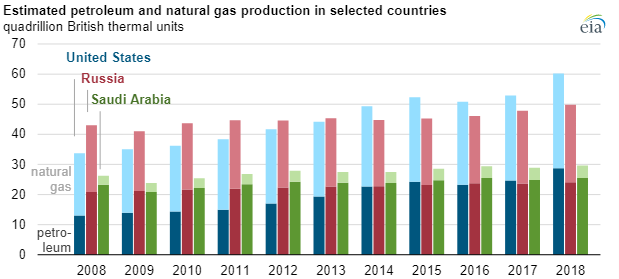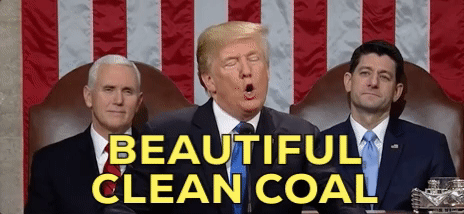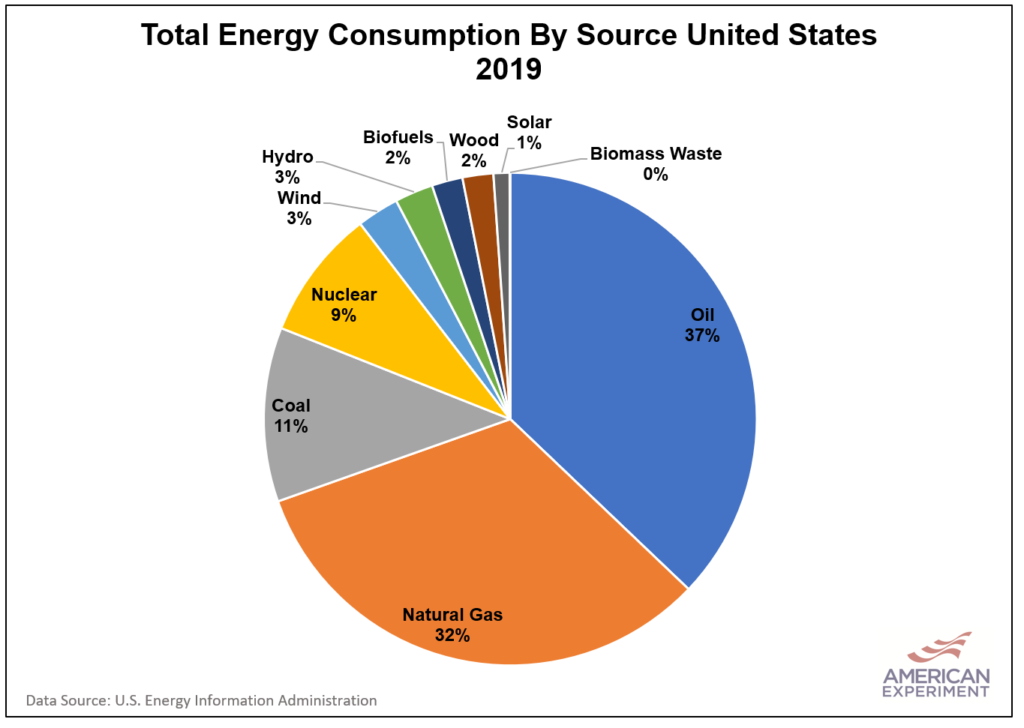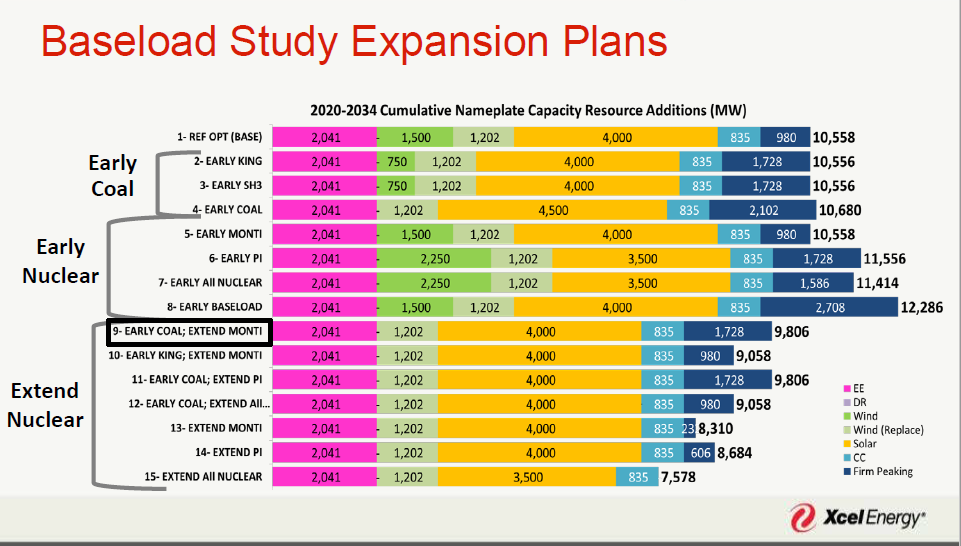Debunking the Minnesota “Conservative” Energy Forum’s Talking Points: Renewables Don’t Strengthen Our National Security, They Weaken It
Most of the conservatives I know strongly believe in limited a government that is primarily focused on enforcing contracts and maintaining law and order. As a result, many conservatives care deeply about having a strong national security to protect the United States from potential threats.
National security is often thought of in terms of military might. In this regard, the United States is unparalleled. However, energy is also an indispensable ingredient to keeping America safe, but unfortunately, the Minnesota “Conservative” Energy Forum’s advocacy for more wind and solar power doesn’t strengthen America’s national security, it weakens it.
This article is the fourth in a series explaining how the Minnesota “Conservative” Energy Forum, which is funded by liberal environmental groups, is intentionally misleading conservatives on energy issues.
Updating America’s Energy Mindset
It seems intuitive that wind and solar power would make the United States less dependent upon foreign nations for our energy, but the siren’s song of wind and solar advocates is only tempting to believe because for much of the 20th Century, the narrative on energy was one of scarcity, not one of abundance.
The Arab Oil Embargo and theories of Peak Oil dominated the nation’s energy discussion, and the prevailing wisdom was that the United States would be dependent upon Middle Eastern countries like Saudi Arabia, Iran, and Iraq for our energy in the future. This dependency would result in skyrocketing energy prices and a risk that these countries may simply decide to shut off the taps, leaving the U.S. high and dry.
However, hydraulic fracturing has completely transformed the world’s energy landscape, and it is time for Americans to leave discredited theories of running out of energy in the dustbin of history.
Fossil Fuels and Nuclear Power, Not Wind and Solar, Make America Energy Secure
Far from running out of energy, the United States is now the undisputed heavyweight champion of the world when it comes to this metric.
The United States is the largest producer of oil and natural gas in in the world. We produce more oil than Saudi Arabia, and we produce more natural gas than the Russians. This gives the United States unparalleled economic leverage against two nations that are often at odds with America’s interests.

The United States has the largest coal reserves of any country in the world, with the U.S. Energy Information Administration estimating the country to have 332 years of recoverable coal reserves at 2018 production levels.
Furthermore, as we discussed yesterday, pollution control technologies allow us to utilize these affordable coal resources with minimal impact to the environment. This is one reason why President Trump champions the coal industry and frequently calls it “beautiful, clean coal.” Prematurely shutting down our affordable, reliable, coal plants makes zero sense from a geopolitical perspective.

America’s civilian nuclear fleet is also Number One. According to the World Nuclear Association, the USA is the world’s largest producer of nuclear power, accounting for 30 percent of all the nuclear power generated around the globe.
Domestically, nuclear power accounts for approximately 9 percent of our total energy consumption despite the fact that we haven’t built a nuclear power plant in the United States in decades.
In contrast, despite receiving billions of dollars in subsidies and befitting from laws that literally require their use, wind and solar accounted for just 3 percent and 1 percent of America’s total energy consumption in 2019, respectively. As you can see from the pie chart below, burning wood supplied Americans with more energy than solar did last year.

One of the main reasons wind and solar don’t account for more of our total energy use is the fact that they are unreliable and dependent on the weather. For example, nuclear power plants and wind turbines have roughly the same installed capacity on the grid, with both accounting for about 100 gigawatts (GW). However, despite having roughly the same amount of generating capacity, nuclear delivered 2.7 times more electricity in 2019.

There is a reason why submarines in the Navy are powered with nuclear power and not wind and solar: it is far more reliable.
Security Hinges on Reliability
In order for an energy source to make America more secure, it has to be reliable and available at the exact second it is needed. Last year, the Hawaiian island of Kauai suffered rolling blackouts because it was too cloudy for solar panels to provide much electricity after the main source of electricity on the island experienced a failure.
Just imagine what the attack on Pearl Harbor would have been like if the Americans had needed to wait for the sun to come out in order to regain the use of their electrical equipment. Our national security is too important to leave up to chance, and that is why relying upon wind and solar to a greater extent would weaken our national security, not strengthen it.
Where Do Wind and Solar Come From?
Apart from reliability concerns, it makes sense to ask, “Where exactly are the wind turbines and solar panels coming from, and does this make the United States more or less secure?”
One of MNCEF’s stated principles is a preference for domestically-produced energy:
“We believe that to the extent possible America should rely on domestically produced energy, in order to reduce reliance on hostile or unstable regimes, or on insecure lines of communications.”
We at American Experiment agree that the United States should use as much domestically-produced energy as possible, but supporting the continued development of wind and solar undermines this effort because the vast majority of solar panels are made in China and 90 percent of the world’s supply of rare earth elements, which are used in wind turbines, solar panels, and lithium ion batteries, are mined in China.
China is also moving into other countries to secure the supply metals that are essential to the renewable supply chain. For example, China has established a virtual monopoly over the production of cobalt in the Democratic Republic of the Congo, where the vast majority of the world’s cobalt is mined.
China: The Source of Solar
According to an article in the academic journal Energies, the vast majority of all solar panel equipment is produced in China. As you can see in the graph below, the United States accounts for a very, very small share of the global solar market, which means plans to shut down our existing coal plants and replace them with solar panels would necessarily hand over much of our energy independence the People’s Republic of China.

Despite this fact, MNCEF applauded Xcel Energy’s announcement that they would seek to be 80 percent carbon free by 2030 by prematurely retiring their coal plants and replacing them with renewables. Xcel’s preferred plan, announced last year, would quadruple the current amount of solar on Minnesota’s grid, and increase electricity costs for each Xcel Energy customer by $1,200 per year through 2050, according to American Experiment’s calculations.

If the goal is to rely on American resources for as much of our energy as possible, retiring Minnesota’s coal plants and replacing them with wind and solar constitutes a significant step backwards, which is something all conservatives should know when pondering our state’s energy future.
Conclusion
The national security of the United States is best served with reliable, affordable sources of energy. As we’ve seen in this post, America enjoys more energy security today than we have in decades, but wind and solar did little to facilitate this development.
Despite the fact that wind and solar receive billions in subsidies and are mandated by state governments, their unreliable nature means they still produce only a small fraction of the total energy used in the United States, and because they are dependent upon the weather, they simply cannot be trusted to be the sole source of energy for our national security apparatus.
Not only do wind turbines and solar panels fail to pass the reliability test, they also make the United States more dependent upon foreign countries for our energy supply because the vast majority of solar panel components are manufactured in China, and China is also the source of 90 percent of the rare earth elements used in wind turbines, solar panels, and lithium ion batteries.